Deep beneath Kentucky’s rolling hills lies a mysterious underground world that most people will never see. Here, in the darkness of ancient limestone caves, a drama of survival plays out every single day that would shock even the most nature-loving visitors. The Commonwealth is home to some of America’s most endangered flying mammals, and their story is one of incredible resilience against overwhelming odds.
Kentucky has 16 native bat species, the most common of which are the Big Brown Bat and the Little Brown Bat. But it’s not the common ones that keep scientists awake at night. It’s the rare ones, the endangered ones, the bats clinging to existence in caves that have become their last refuge. What makes this even more remarkable is that these caves aren’t just shelters – they’re complex ecosystems where life and death decisions happen in complete darkness.
The Underground Guardians of Kentucky’s Ecosystem
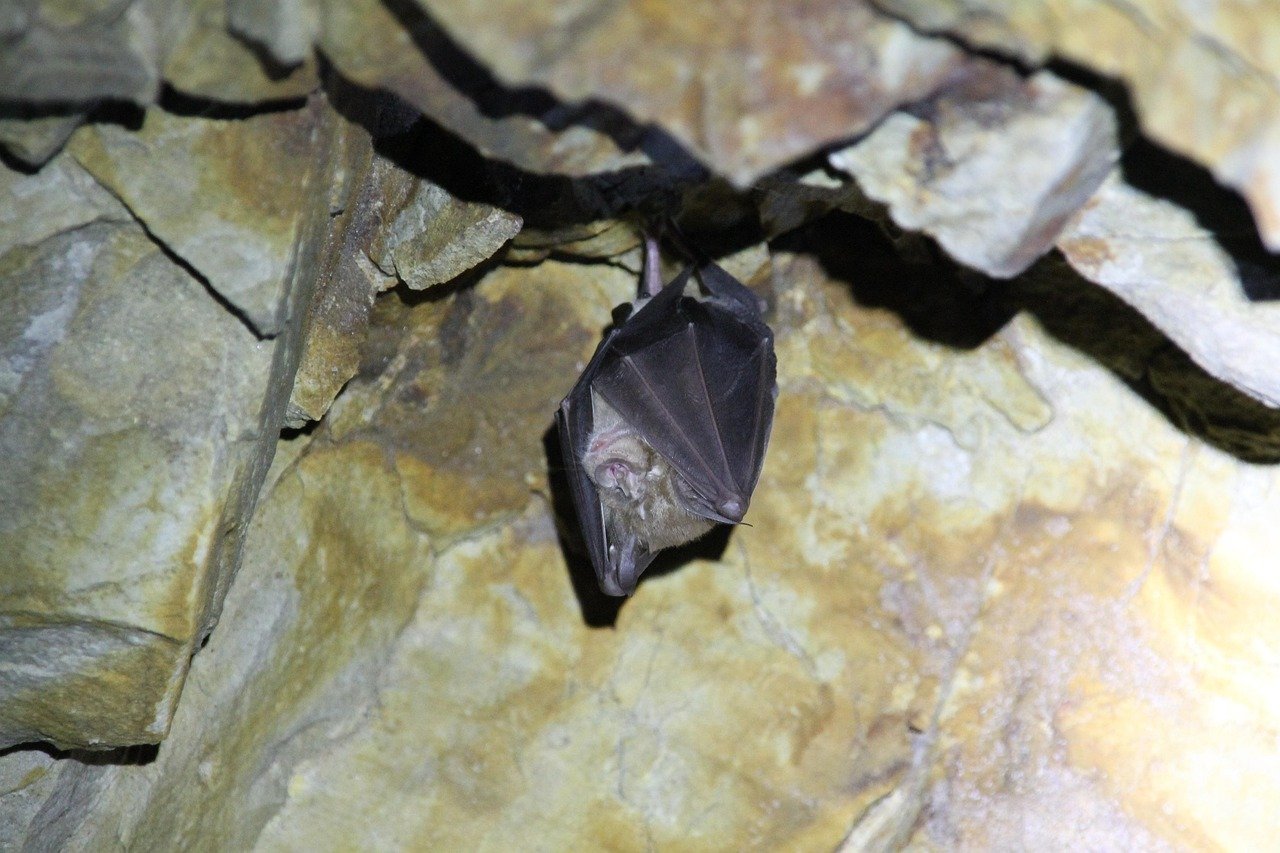
There are 16 different species of bats found in Kentucky. However, only 14 of which are actually regarded as permanent residents. All of Kentucky’s bats are insectivores. This means that they all eat a variety of insects. Think about that for a moment – every single one of these winged mammals spends their nights hunting down the very pests that would otherwise devastate crops and make outdoor summer evenings unbearable.
Indiana bats feed entirely on night-flying insects. Bats can eat up to 3,000 insects per feeding. Picture a single bat consuming three thousand mosquitoes, moths, and beetles in one feeding session. Now multiply that by thousands of bats emerging from caves each night across Kentucky. The economic value these creatures provide to farmers and homeowners is staggering, yet most people have no idea these tiny warriors are even there.
Mammoth Cave – The World’s Greatest Underground Bat Hotel
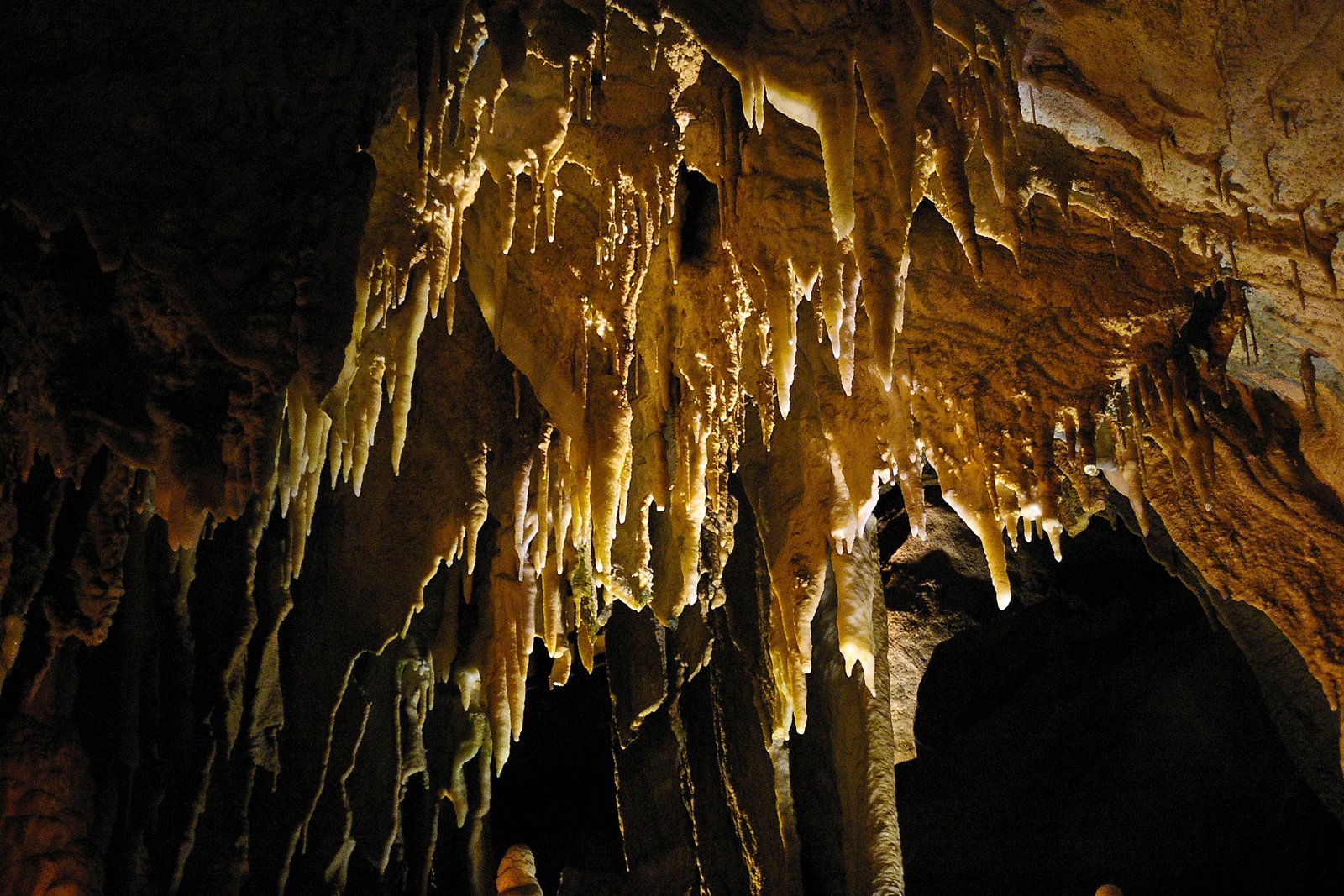
Mammoth Cave National Park is home to the largest network of caves in the world. 13 of Kentucky’s native bat species can be found here. However, only 8-9 species utilize the caves, only doing so during the winter while hibernating or during the maternity season. This isn’t just any cave system – it’s literally the world’s longest known cave network, and it serves as a critical sanctuary for Kentucky’s most vulnerable bat populations.
Home to 13 species of bats – 8 or 9 species of which live within the cave – Mammoth Cave also provides habitat for some 160 cave-dwelling species ranging from cave crickets to pale, eyeless fish, to translucent crayfish, to salamanders. The cave isn’t just about bats – it’s an entire underground world where creatures have evolved in ways that would seem like science fiction to surface dwellers. Yet the bats remain the most visible and perhaps most important inhabitants of this subterranean realm.
The Federally Protected Species Fighting for Survival
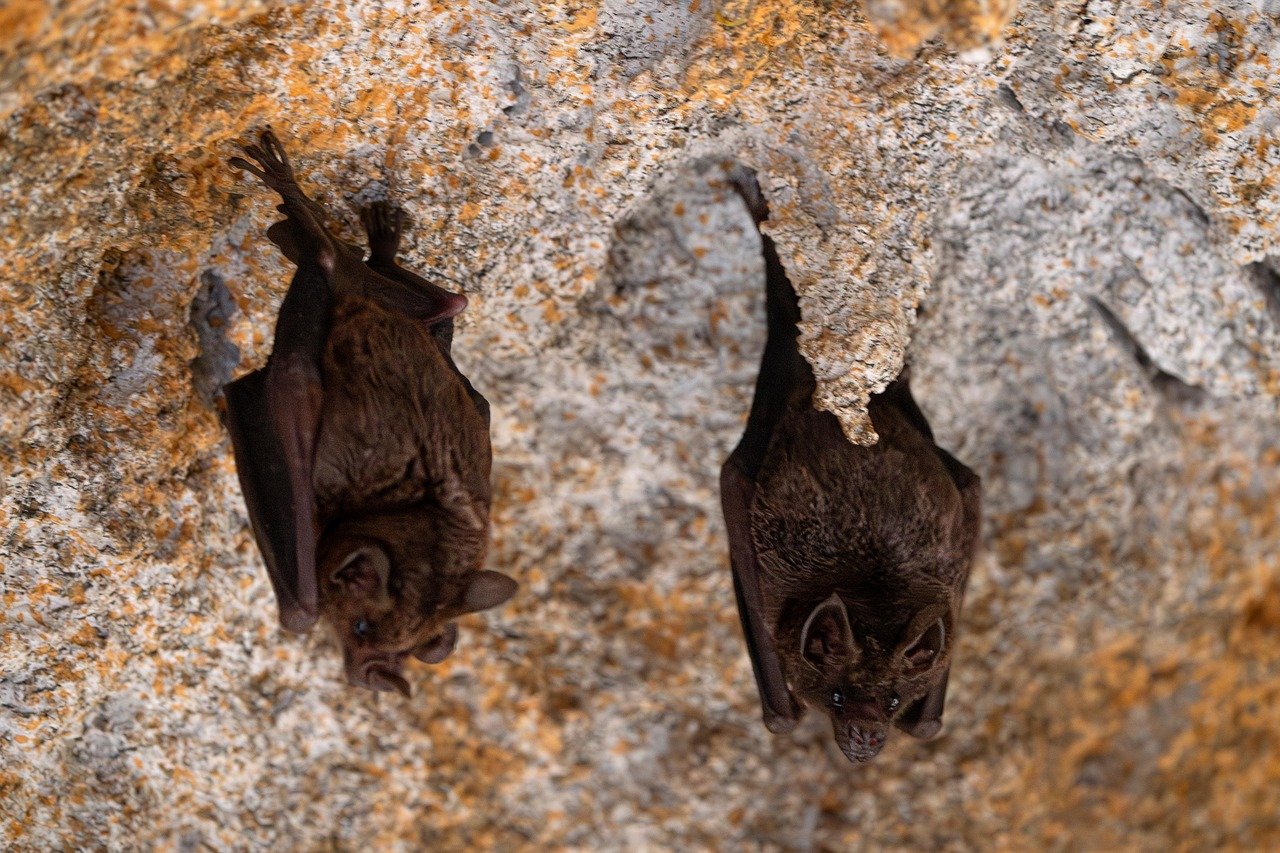
There are three species native to Kentucky that are Federally Endangered. They are the Virginia Big-Eared Bat, the Indiana Bat, and the Gray Bat. These aren’t just rare animals – they’re species teetering on the edge of extinction. Each one represents thousands of years of evolution, and each one could disappear forever within our lifetimes if current trends continue.
Status: Endangered, listed in 1976. The gray bat spends both the summer and winter in caves, hibernating in large colonies that may number in the tens of thousands. In 2019, the NPS led teams that documented about 350,000 gray bats hibernating in a cave located in the park. The gray bat is particularly fascinating because it’s one of the few species that uses caves year-round, making it entirely dependent on these underground habitats for survival.
White-Nose Syndrome – The Silent Cave Killer

In 2011, the syndrome was confirmed in Ohio, Indiana, Kentucky, North Carolina, Maine, New Brunswick and Nova Scotia. This wasn’t just another wildlife disease – it was an ecological catastrophe that began spreading through North American bat populations like wildfire. White-nose syndrome (WNS) is a fungal disease in North American bats which has resulted in the dramatic decrease of the bat population in the United States and Canada, reportedly killing millions as of 2018. As of 2012 white-nose syndrome was estimated to have caused 5.7 million to 6.7 million bat deaths in North America.
Since White Nose arrived in Kentucky in 2012, and Mammoth Cave National Park the year after, we have guessed that it’s just a matter of time until it White Nose Syndrome (WNS), an often-fatal disease that is ravaging bat populations throughout eastern North America, was positively identified last week within WKU-owned Crumps Cave in northern Warren County near Smiths Grove. The disease had finally reached Kentucky’s caves, and the impact was devastating.
How the Fungus Turns Hibernation Into a Death Sentence
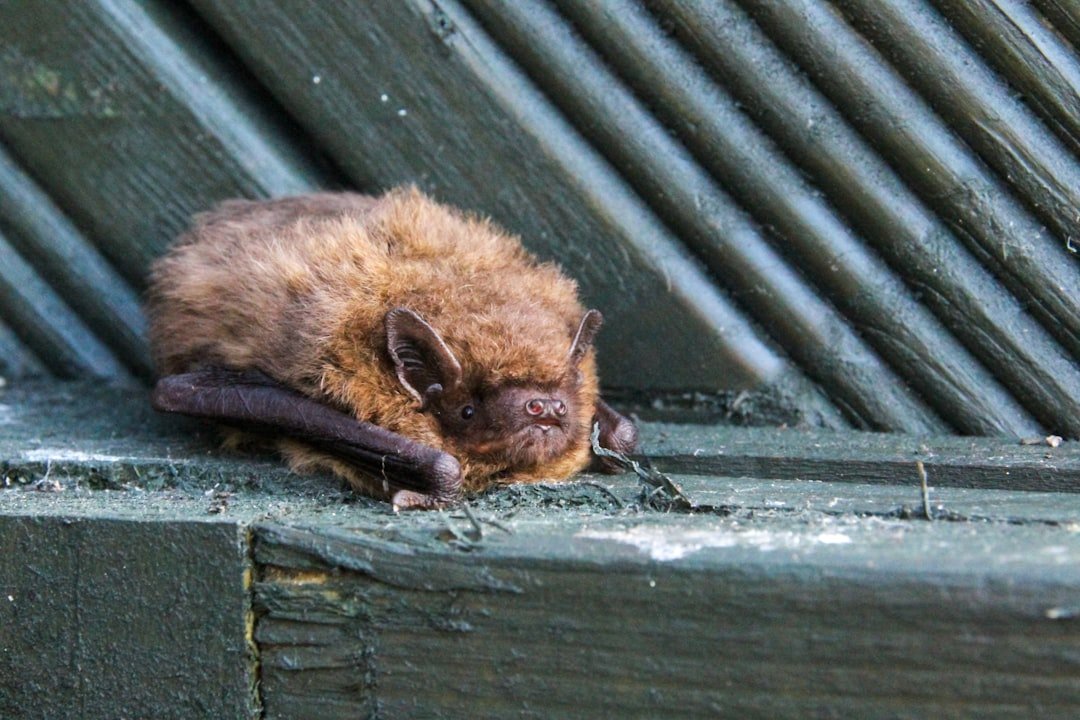
White-nose syndrome (WNS) is a fungal disease killing hibernating bats in North America. This cold-loving fungus infects bats during hibernation, when the bats reduce their metabolic rate and lower their body temperature to save energy over winter. Hibernating bats affected by WNS wake up to warm temperatures more frequently, which results in using up fat reserves and often starve to death before spring arrives. The cruelty of this disease is almost unimaginable – it turns the very survival mechanism that bats have used for millions of years into their death trap.
White-nose syndrome is the result of a fungus called Pseudogymnoascus destructans that invades and ingests the skin of hibernating bats, including their wings. It causes bats to wake up more frequently during the winter, using up their limited fat reserves very rapidly. Massive destruction of wing tissue may lead to disruption of bats’ water and electrolyte balance, and it could be the actual cause of death. Imagine having to wake up every few days during what should be a six-month deep sleep, burning through the fat stores you need to survive until spring insects return.
The Indiana Bat’s Desperate Struggle
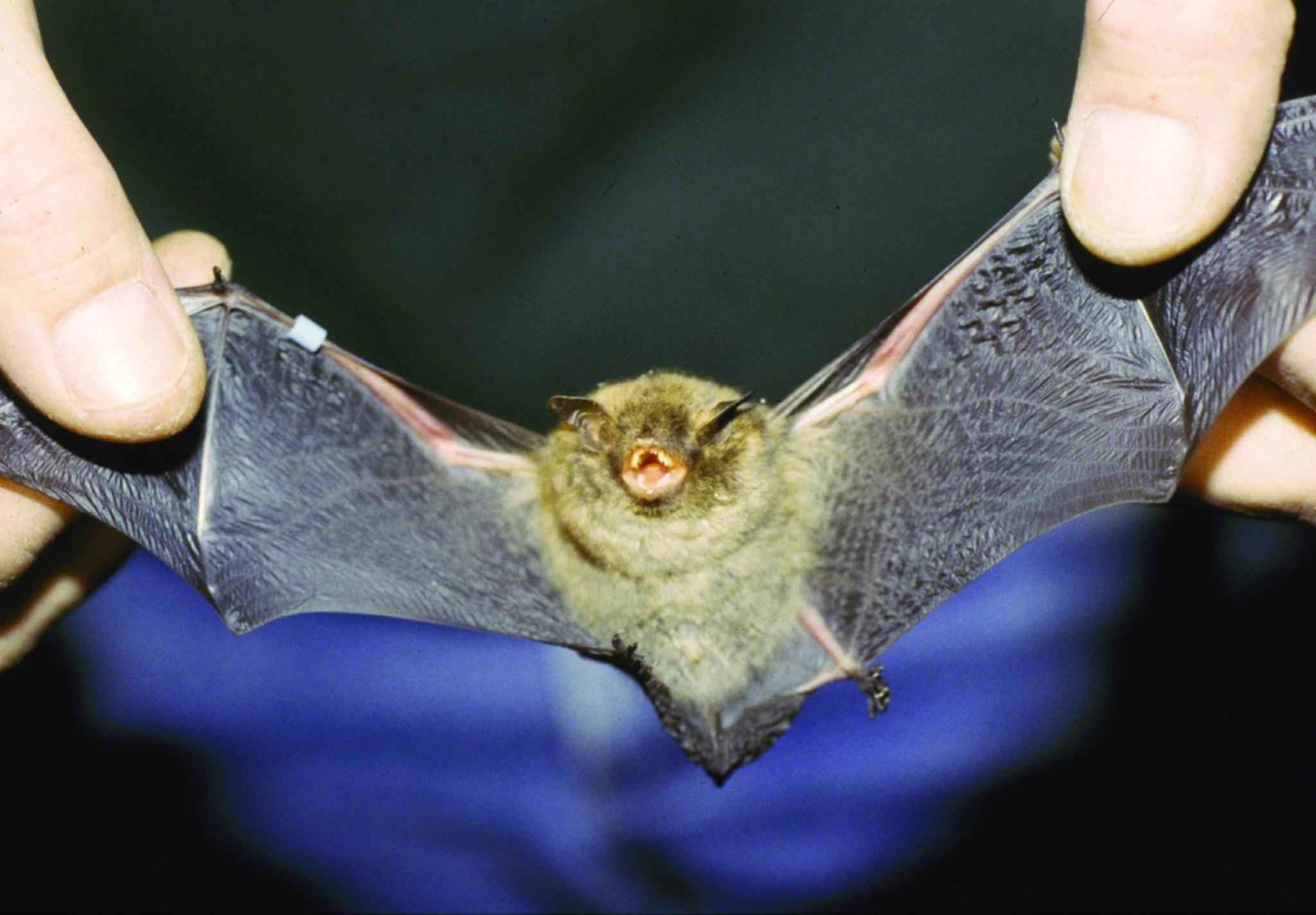
The Indiana bat is a small, insectivorous, migratory bat that hibernates colonially in caves and mines in the winter. The current population has declined by half compared to when the species was listed as endangered. Threats to the species include human disturbance of hibernating bats, commercialization of caves where the bats hibernate, loss of summer habitat, pesticides and other contaminants, and most recently, the disease white-nose syndrome.
At least 50% of Indiana bats are thought to hibernate in the eight priority one hibernacula, which can be found in Indiana (three), Missouri (three), and Kentucky (two). Estimates of hibernating populations in 2001 suggest that priority one hibernacula have experienced a 48% decline since 1983. Overall, populations have fallen around 57% since 1960 across all hibernacula. These numbers tell a heartbreaking story – more than half of all Indiana bats have vanished in just sixty years.
Gray Bats – The Cave Specialists
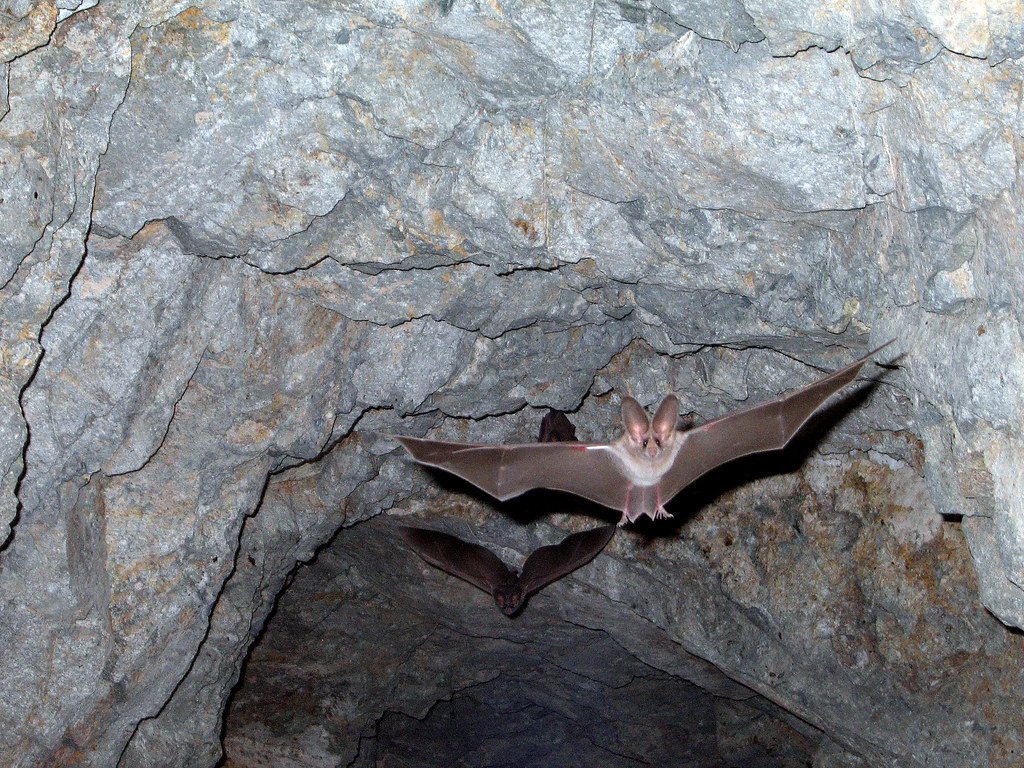
The rare Gray Bat is one of the few that uses the caves year-round. Unlike most other bat species that split their time between caves and forests, gray bats have put all their evolutionary eggs in one basket – caves. This specialization has made them incredibly efficient at cave living, but it’s also made them incredibly vulnerable when those caves are threatened.
There is particular concern because the cave is home to a summer colony of federally endangered gray bats (Myotis grisescens). When white-nose syndrome reaches a cave that serves as both winter hibernation and summer maternity site for gray bats, the impact is devastating. These bats don’t have alternative habitats to flee to – the cave is their entire world.
The Remarkable Rafinesque’s Big-Eared Bat Success Story
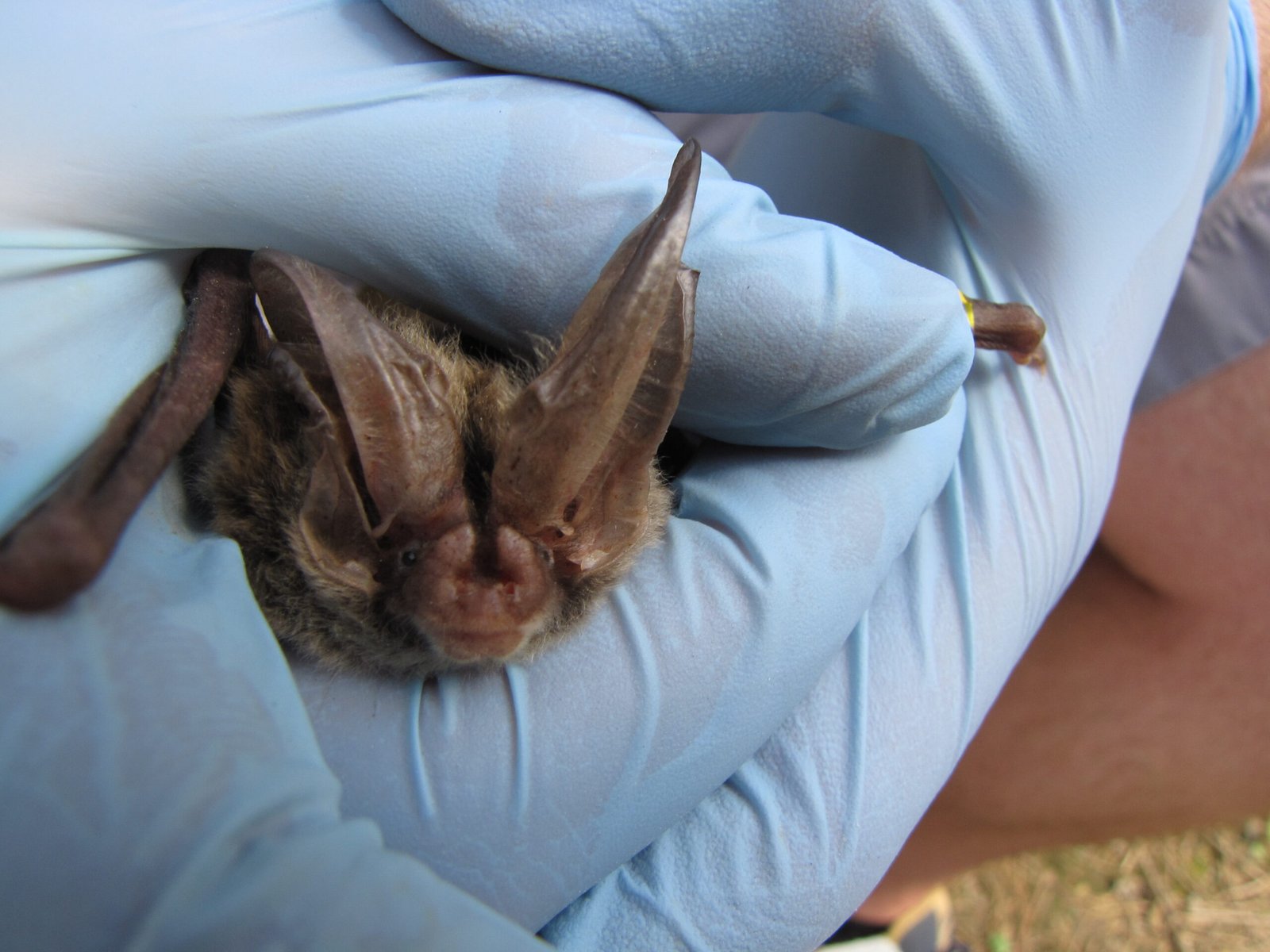
Biologists are studying a rare species of bat found at Mammoth Cave National Park that could hold the secret to warding off White Nose Syndrome, a fungal disease that has decimated bat species globally. Inside a remote cave roughly 40 minutes from the Mammoth Cave Visitor’s Center, the research team found 210 Rafinesque’s big-eared bats and five big brown bats, two species that have shown resistance to White Nose Syndrome. In a world of devastating bat population crashes, Rafinesque’s big-eared bats represent something incredible – hope.
While some bat species have seen up to a 99% population decline, Rafinesque’s big-eared bat has shown a strong resistance to the fungal disease. While rare across the U.S., Rafinesque populations at Mammoth Cave are a reliable representation of one species winning the battle against WNS. Biologists say the research is ongoing and will likely take several years to discover what sets Rafinesques and species like them apart. Scientists are racing to understand what makes these bats different, hoping to find clues that could save other species.
The Cave Ecosystem – More Than Just Bats
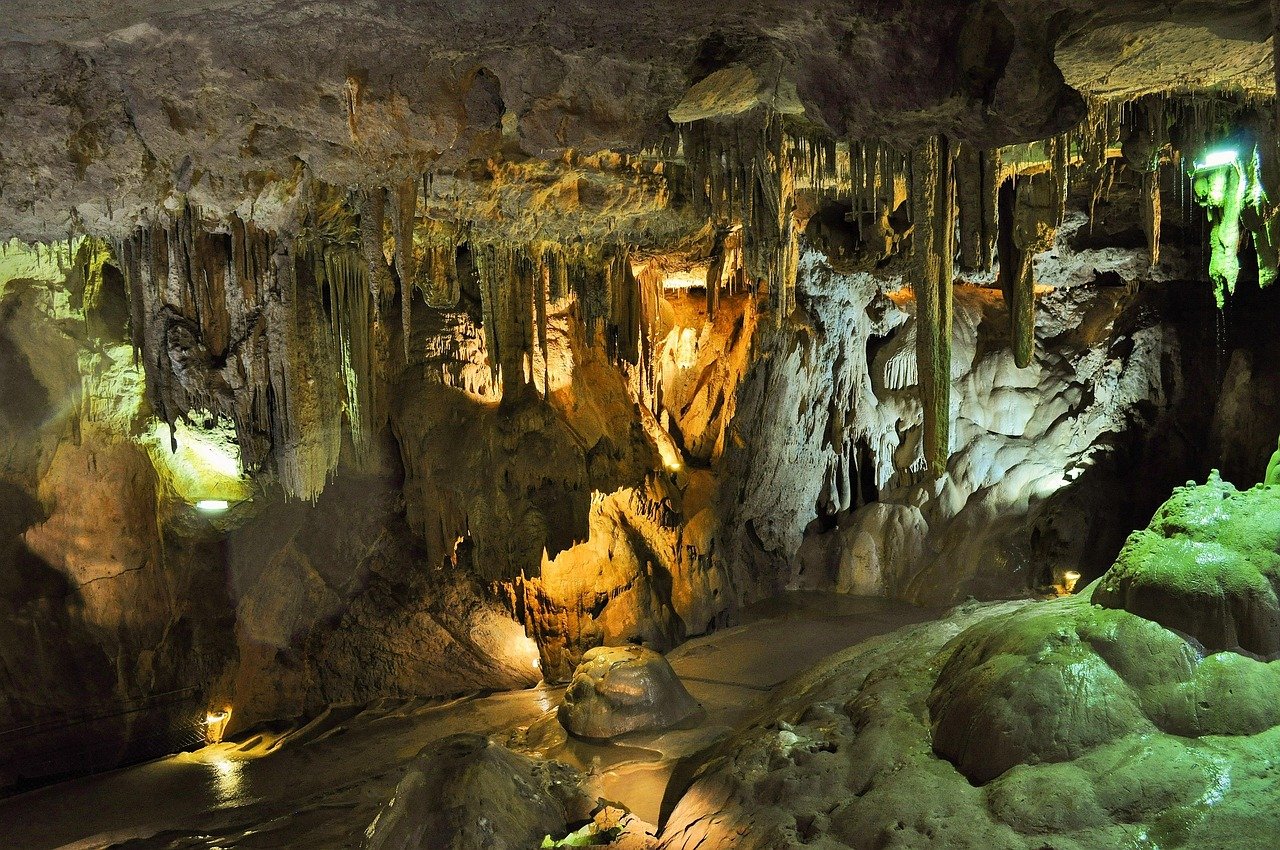
Before looking at some of the more unique wildlife found living within and/or near the cave, it’s important to note three different categories into which wildlife found within caves are placed. Trogloxenes – in Greek, troglos means cave, and xenos means guest. Trogloxenes come and go from caves, they typically use cave habitats as hibernation, nesting, or birthing spots. They are not adapted to spending long amounts of time in the cave, nor will they spend their entire lives in the darkness. Bats fall into this category – they’re cave guests, not permanent residents.
Troglobites – troglos for cave, and bios for life. Troglobites spend their entire life cycle in caves. They only live in underground habitats, adapted to survive in total darkness. Troglobites have depigmentation, a decrease or total loss of eyesight, a slow metabolism, and are able to efficiently digest and consume food. The caves where Kentucky’s bats live are home to creatures that seem like they belong in another world entirely.
The relationship between bats and cave ecosystems is far more complex than most people realize. When thousands of bats return to their roosts each night, they bring with them nutrients from the outside world in the form of guano. This bat droppings serves as fertilizer for entire underground food webs, supporting everything from cave crickets to blind fish.
Conservation Efforts and the Race Against Time

They’re hopeful that with continued work, recovery efforts for impacted species can begin before key species are completely wiped out. The work being done in Kentucky’s caves isn’t just about counting bats – it’s about understanding complex ecological relationships and finding ways to intervene before it’s too late. Every survey, every research project, every conservation effort is a race against extinction.
You can help protect Oregon’s vulnerable bat populations by following guidelines to prevent the spread of white-nose syndrome. Disinfect gear (including shoes) after recreating in or near any cave or other known roost before getting in your vehicle or leaving the site. Remove chunks of dirt and organic material first, then spray gear thoroughly with isopropyl alcohol (50-70%) and allow to dry. Even casual cave visitors can play a role in conservation by following simple decontamination procedures.
The responsibility doesn’t just lie with scientists and park rangers. Every person who enters a cave has the potential to either help or harm these fragile ecosystems. The fungus that causes white-nose syndrome can travel on clothing, boots, and caving equipment, making human visitors potential vectors for spreading the disease to unaffected caves.
Conclusion
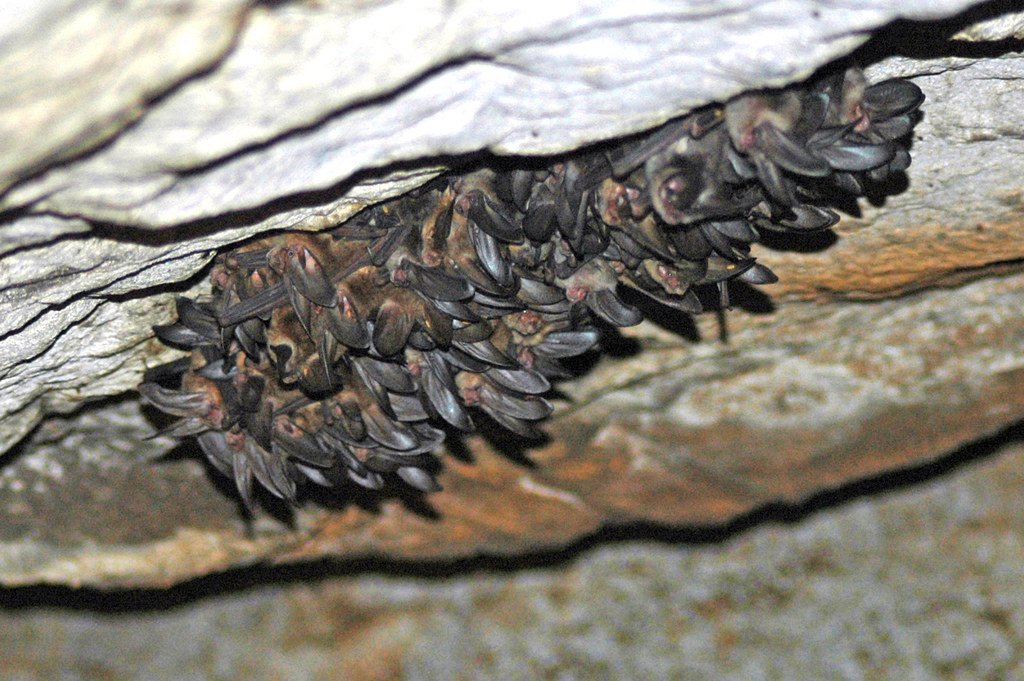
Kentucky’s hidden caves remain one of the last strongholds for some of North America’s most endangered bats. Since this time Indiana bats have been killed in large numbers by WNS, populations have again fallen dramatically, and they are critically endangered. The situation is dire, but it’s not hopeless. Every surviving colony represents millions of years of evolution and ecological adaptation. Every successful research project brings us closer to understanding how to help these species recover.
The story of Kentucky’s cave bats is ultimately a story about the hidden connections that make our world work. These creatures that most people never see are quietly performing ecosystem services worth millions of dollars. They’re controlling pest populations, pollinating plants, and maintaining the delicate balance of cave ecosystems that have existed for millennia.
What strikes me most about this story is how much we still don’t know. Scientists are still discovering new caves, still finding new bat populations, still uncovering the secrets of how some species resist disease while others succumb. In an age when we think we’ve mapped and cataloged everything, these underground worlds remind us that mystery and wonder still exist, often right beneath our feet.
Will Kentucky’s endangered bats survive the multiple threats they face? The answer may depend as much on human actions as on the bats’ own remarkable adaptations. Did you ever imagine that such a hidden world of survival and resilience existed in the darkness below Kentucky’s landscape?

Jan loves Wildlife and Animals and is one of the founders of Animals Around The Globe. He holds an MSc in Finance & Economics and is a passionate PADI Open Water Diver. His favorite animals are Mountain Gorillas, Tigers, and Great White Sharks. He lived in South Africa, Germany, the USA, Ireland, Italy, China, and Australia. Before AATG, Jan worked for Google, Axel Springer, BMW and others.




